Dolphins in captivity FAQ
Where do captive dolphins come from? Do dolphins live longer in the wild or in captivity? Find out the answers to your questions about dolphins in captivity.
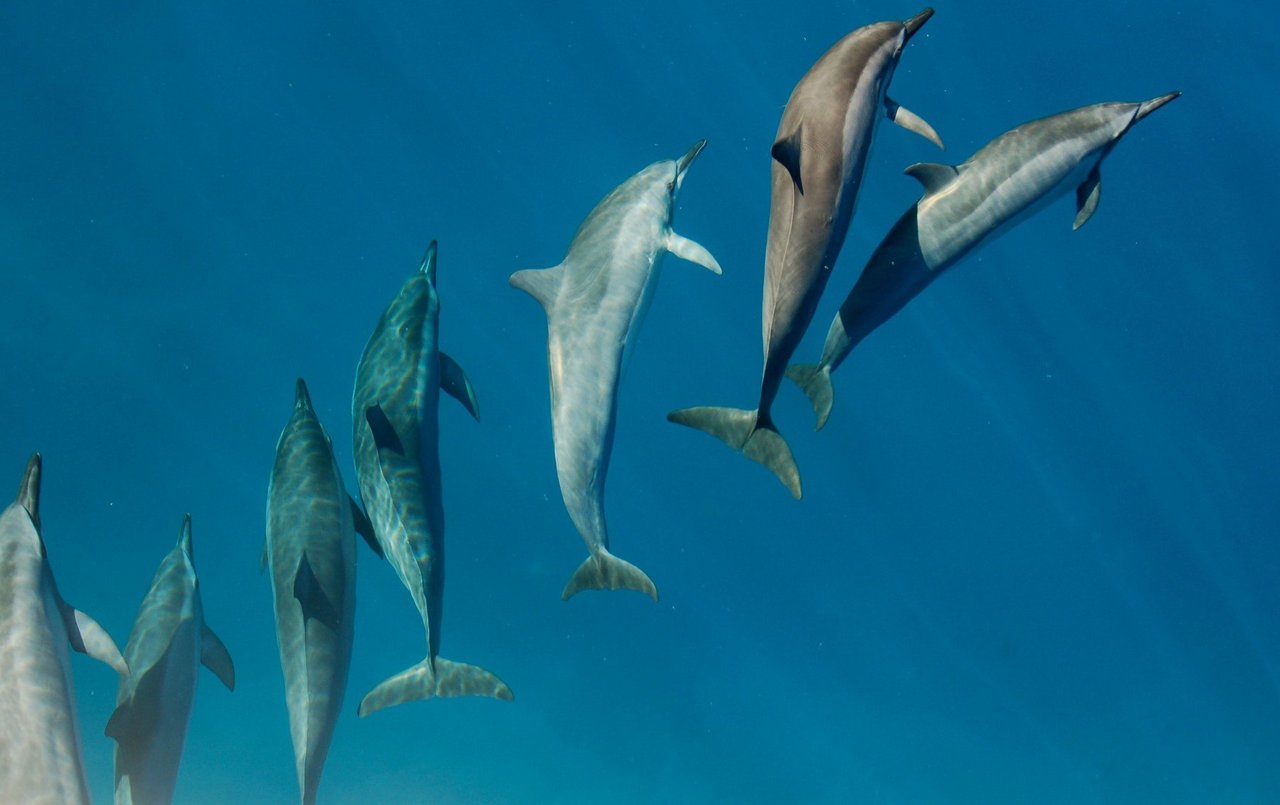
Ocean dolphins' range in size from the smallest, Māui dolphin, to the largest known dolphin, the Orca or killer whale.
Māui and Hector’s dolphins are among the rarest dolphins in the world and are only found in Aotearoa New Zealand. They have beautiful colouring with grey bodies and black, round dorsal fins. They are highly intelligent, playful, social and live in family groups.
Māui and Hector’s dolphins are a “taonga” (a highly valued treasure) and are celebrated in our culture and art. They deserve our respect and protection.
However, human activities, in particular, gill set net and trawl fishing, have pushed them to unsustainable levels.
Dolphins are extremely powerful animals. Some species can swim up to speeds of 50kph and regularly dive to depths of up to 55 metres to forage for their favourite foods of fish and squid.
Travelling and hunting in pods, dolphins have big territories, on average around 100km².
Dolphins help keep our environment in balance by eating other animals. Scientists also see dolphins as indicators of the health of our oceans.
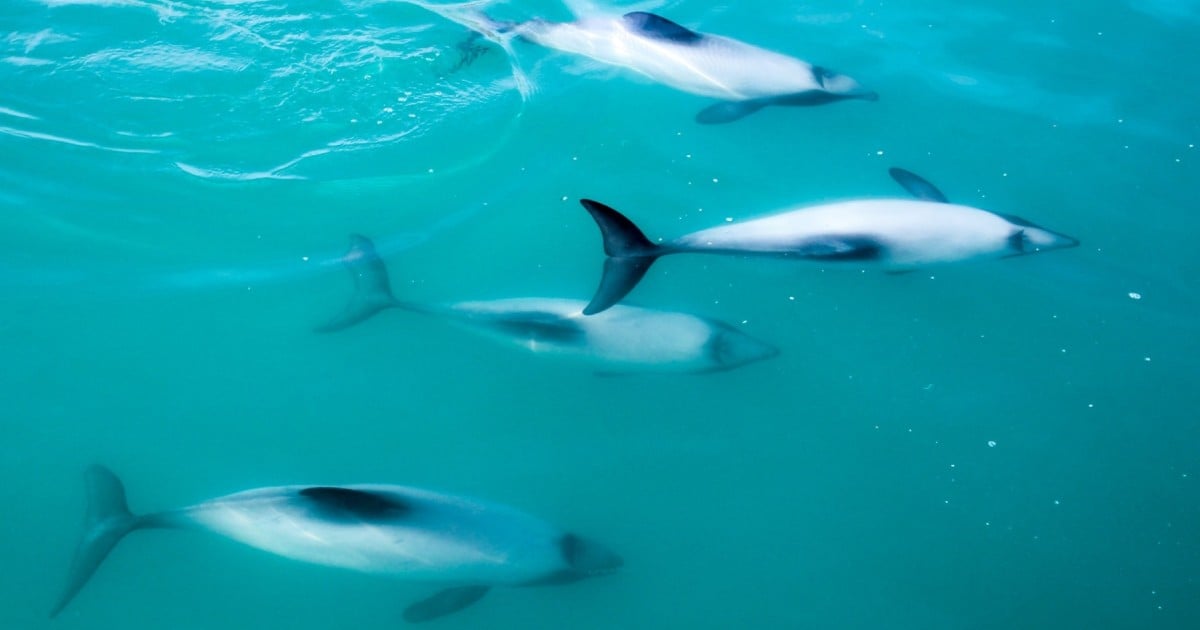
Dolphins communicate in many different ways – including squeaking, clicking and whistling. Each dolphin has a unique whistle – it helps them recognise each other – meaning whistles work very much like human names. They also use high-pitched clicking sounds for echolocation – to help them navigate and find food. The clicks hit objects in the water and then bounce back as echoes. This helps dolphins work out what and where objects are.
Despite what some people think, dolphins don’t communicate by smiling when they are happy. The ‘smile’ on their face is simply their jaw shape.

Throughout the world, more than 3,000 dolphins have been bred in captivity or taken from the wild to be used for entertainment in tourism venues. From their traumatic capture from the wild to being bred in confinement in grossly inadequate conditions, dolphins suffer immensely in captivity.
Captive dolphins can live up to 50 years in small, barren and sometimes chlorinated tanks, pools and lagoons. Did you know dolphins can swim 100 km in a day? Even in the largest captive facilities, dolphins have access to far less space than that. So, they swim in circles or float without moving on the surface of the water – because they’re bored and/or stressed.
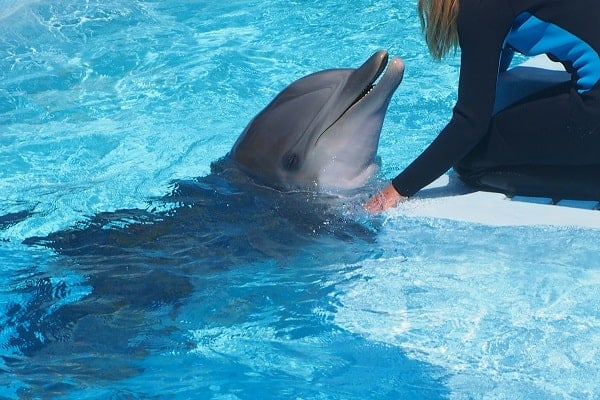
Keeping dolphins in captivity for entertainment offers no genuine benefit to conservation and scant educational benefits, despite claims to the contrary from marine entertainment venues. It is inhumane and unethical to use captive dolphins for shows, petting, kissing and swimming attractions.
Instead, the tricks performed during shows include dolphins pulling their trainers through the water by their fins, and trainers ‘surfing’ on the dolphin’s back or being propelled out of the water by the dolphin’s snout. Often, dolphins are made to leave the water to spin in circles, or wear hats or oversized glasses and all to music as loud as 110 dB – similar to the volume of a rock concert.
Sea World on the Gold Coast is the last venue in Australia to continue breeding dolphins in captivity. Dolphins like Squeak were born at Sea World and have so far spent over three decades in the same pools, performing the same tricks, year after year.
Where do captive dolphins come from? Do dolphins live longer in the wild or in captivity? Find out the answers to your questions about dolphins in captivity.
Across Asia, around 550,000 wild animals are presently undergoing intense physical and mental trauma in the name of tourist entertainment.

In 2019, World Animal Protection delivered a submission to the New Zealand Government demanding greater protection for Māui and Hector’s dolphins in the Threat Management Plan (TMP).
16,000 people from New Zealand, Australia and the United States added their name to our submission, calling for the protection of these iconic dolphins out to 100 metres deep or 20 nautical miles offshore.
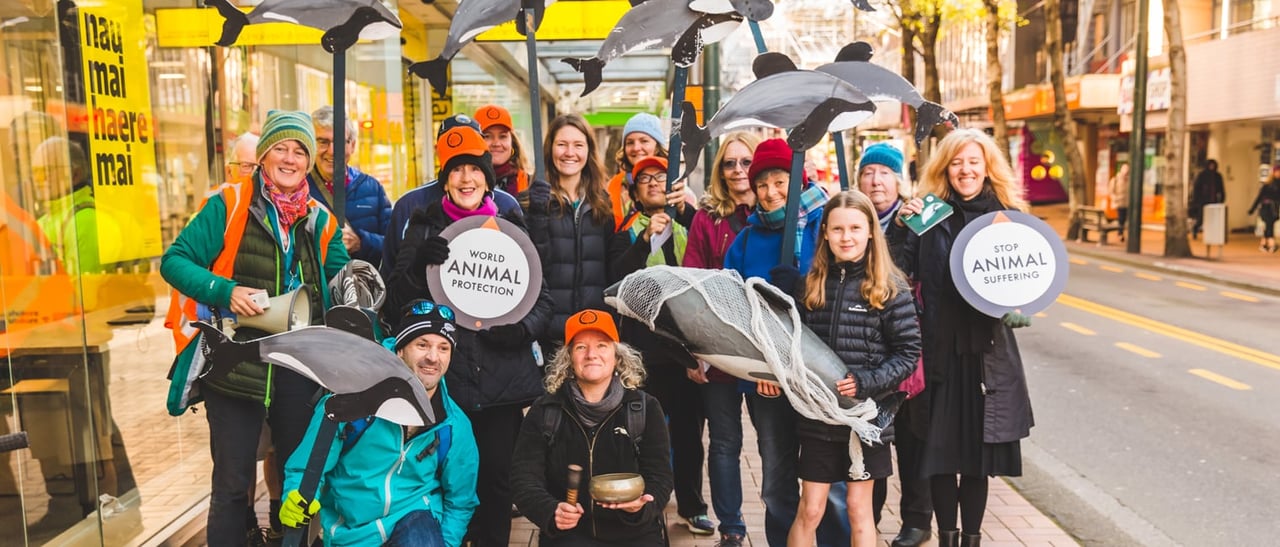
In June 2020, the Government released an overdue proposal that offers some welcome protections but, ultimately, fails the “Kiwi of the sea”.
New measures, such as set net exclusions, are a step in the right direction for the Māui dolphin, however minimal trawler protections mean that Hector's are still at risk.
The Government’s decision has no basis in science and fails to fully take into account habitat, range or the presence of threats. They could have, and should have, gone further with the TMP review but they’ve failed.
Sadly, this outcome effectively condemns the Māui dolphin to extinction and puts more pressure on Hector’s.
Call on the Queensland government to ban captive dolphin breeding and stop captive dolphins shows and direct interactions.

World Animal Protection has been working to educate the public on the problem of keeping dolphins and marine animals in captivity since 1991.
The only solution to ending the suffering of dolphins in entertainment venues is to end captive breeding and wild capture, for good. But this can’t happen overnight. A series of actions must be taken – now – to move us closer to this end goal.
Education - we’re exposing the cruelty through public education and engaging visitors on an emotional level. They hold the power in their hands to make sure the profitable dolphin entertainment industry ends, and no further dolphins are bred into a life of captivity.
Industry and legislative change - alongside this, we’ll continue urging governments to put an end to captive breeding. Most recently New South Wales passed a ban on captive breeding as has Canada and France. There is a global movement towards better treatment of dolphins, which includes the nations of Brazil, Bolivia, Chile, Costa Rica, India, Luxembourg, Norway, Switzerland, and the UK.
As well as changes from governments, major travel brands like TripAdvisor, Virgin Holidays, British Airways Holidays and Booking.com have already committed to stop selling tickets to captive dolphin shows and encounters.
Alternative experiences – we're researching and funding alternative experiences where people can observe dolphins in their natural habitat in an authentic, respectful way through the Whale Heritage Site projects and our work helping design and campaign for Coffs Harbour to become a sea sanctuary site for former performing dolphins. This is the future of dolphin-based tourism.

Looking for something to do with the kids? We've got dolphin activities and wild facts for you. Kids can colour in our ‘under the sea’ scene and make their own dolphin mobile to show dolphins bobbing in the sea, wild and free! (Suitable for all ages)
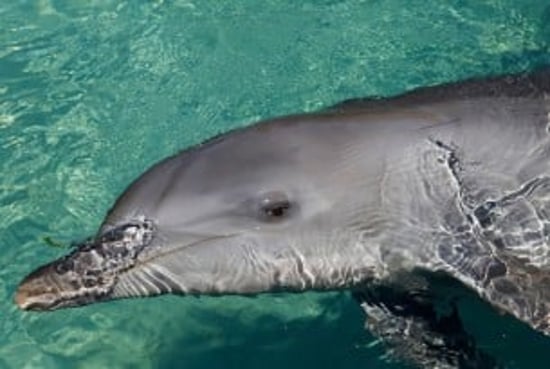
Call on the Queensland government to ban captive dolphin breeding and stop captive dolphins shows and direct interactions.

Dolphins are intelligent and sociable wild animals. They belong in the ocean, not bred in captivity for entertainment.
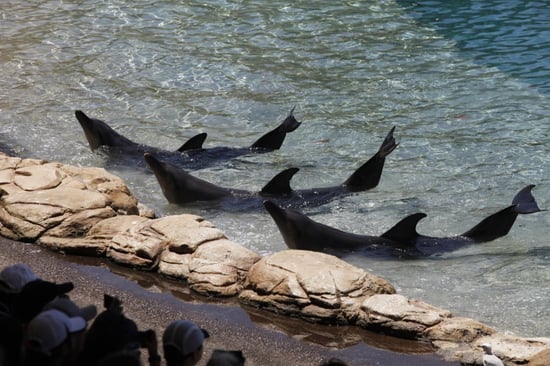
Around 550,000 wild animals are undergoing intense trauma in the name of tourist entertainment worldwide.
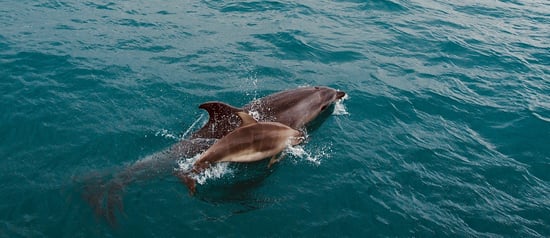
Join thousands of animal lovers fighting to protect wildlife and give farmed animals good lives. Sign up now to receive emails with all the ways you can help.
Sign up